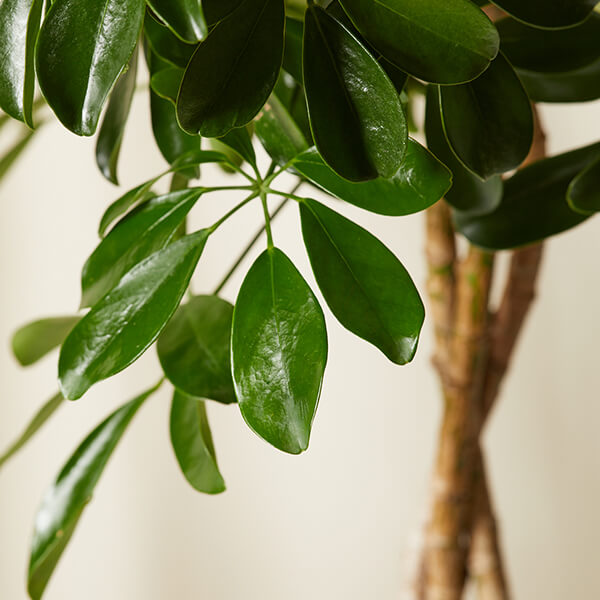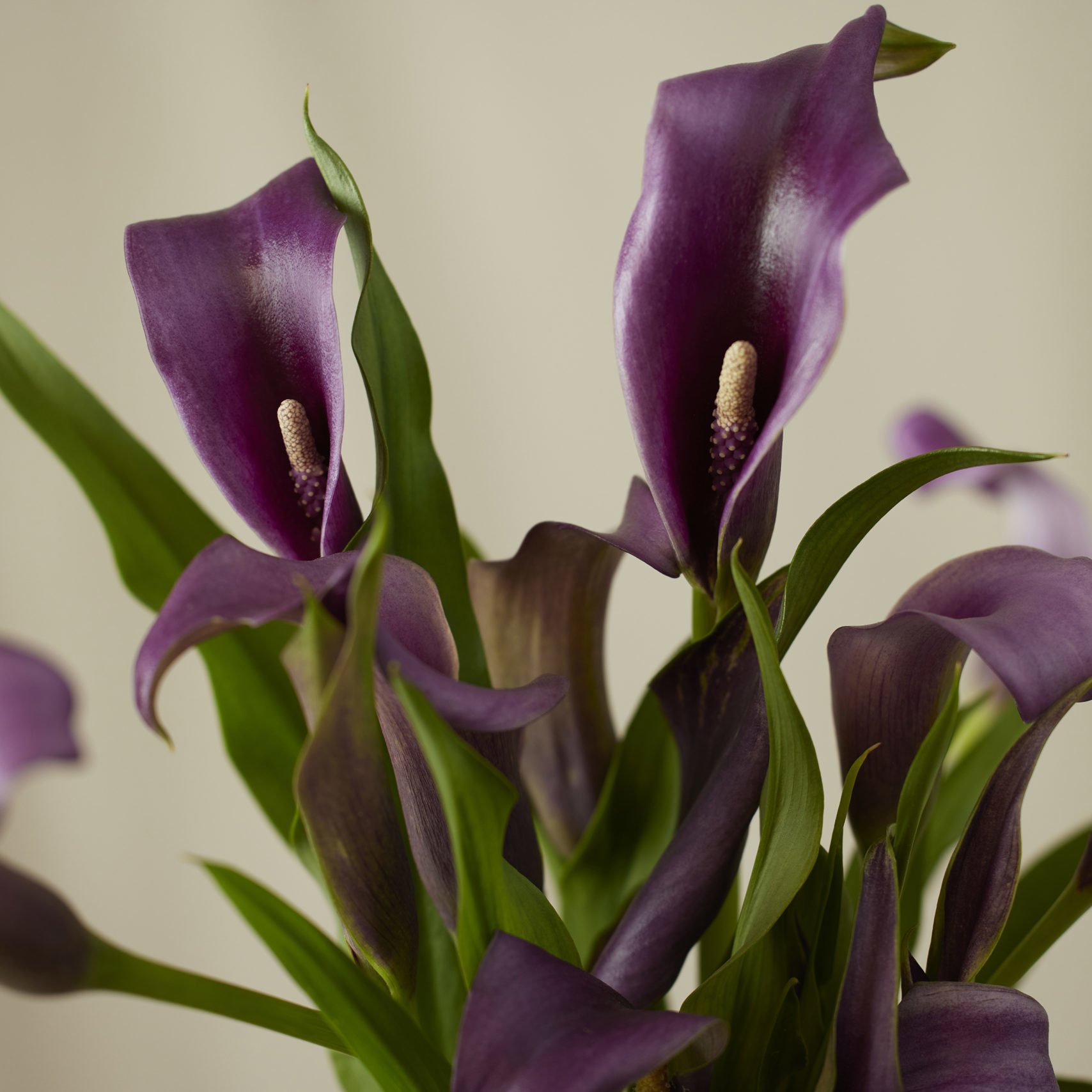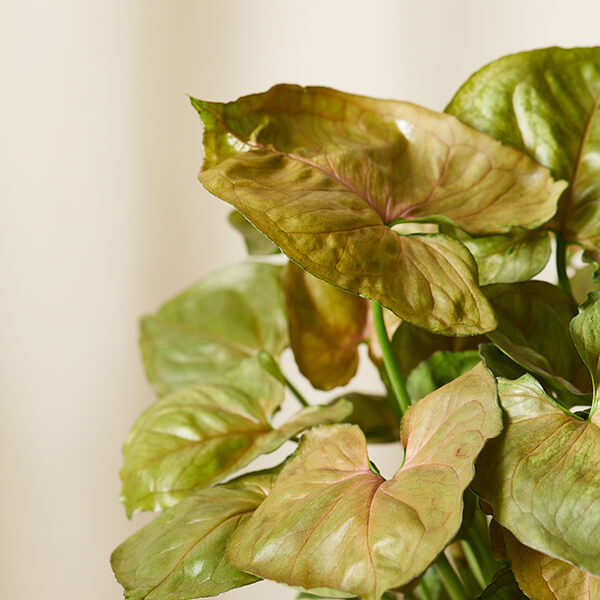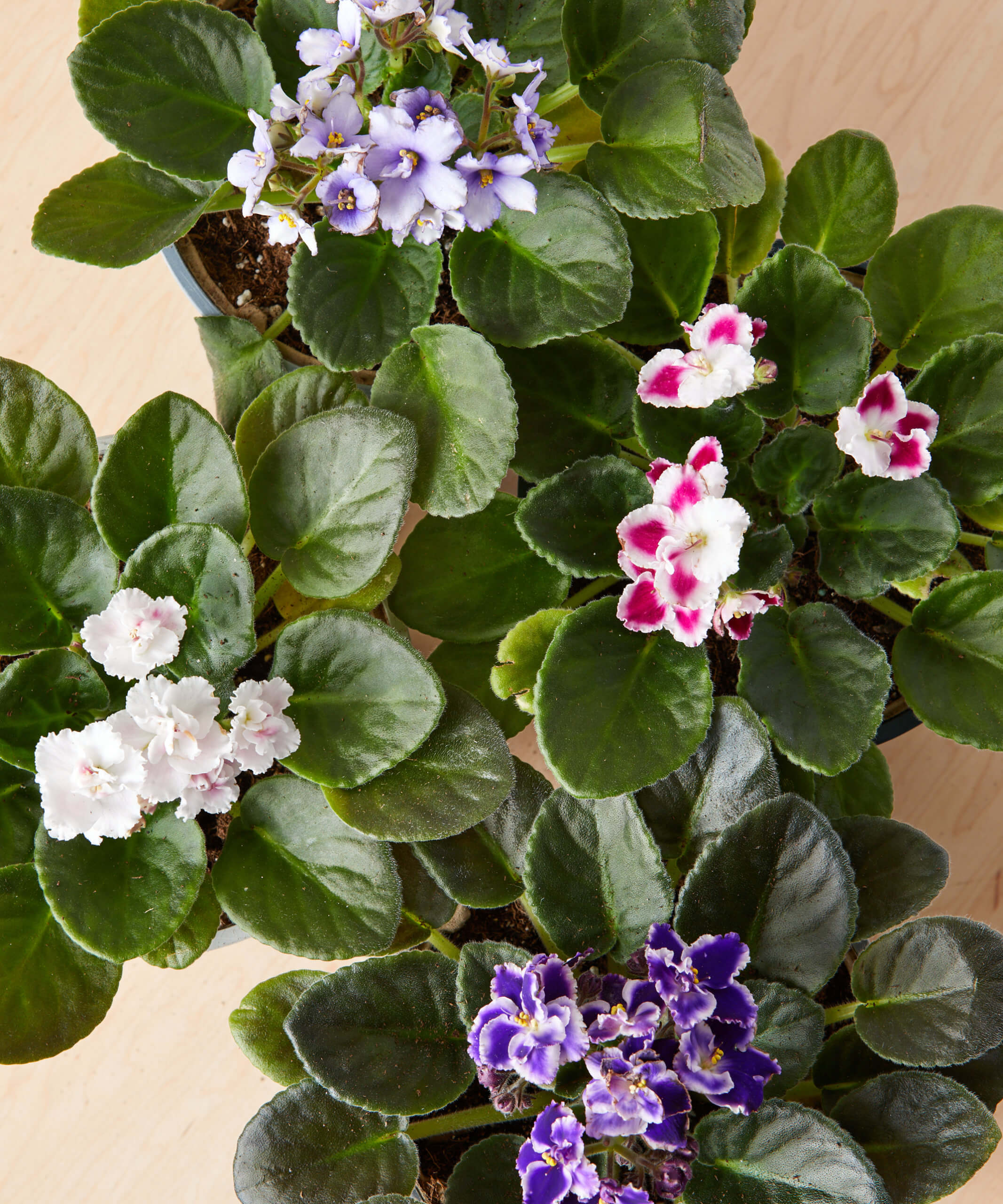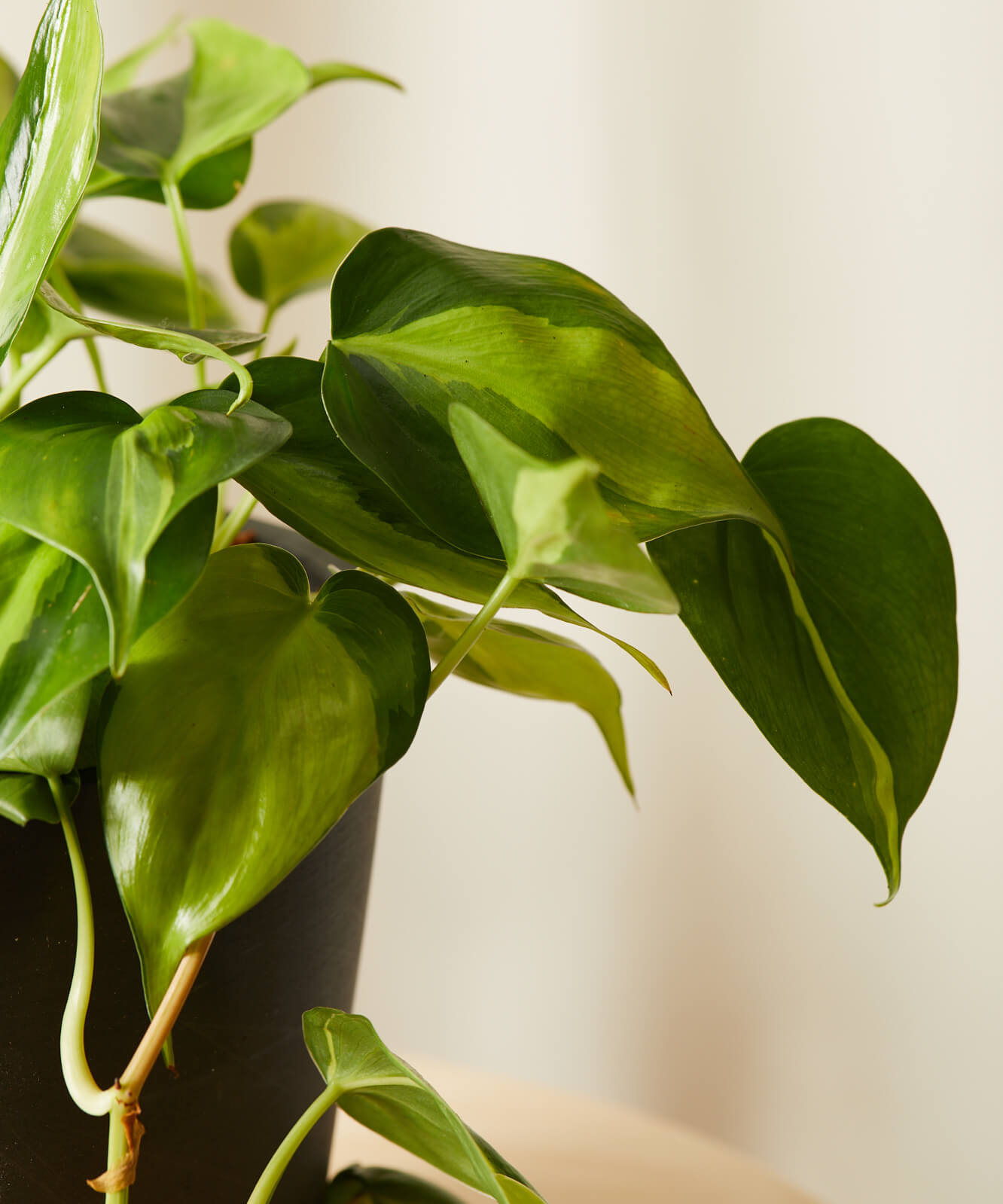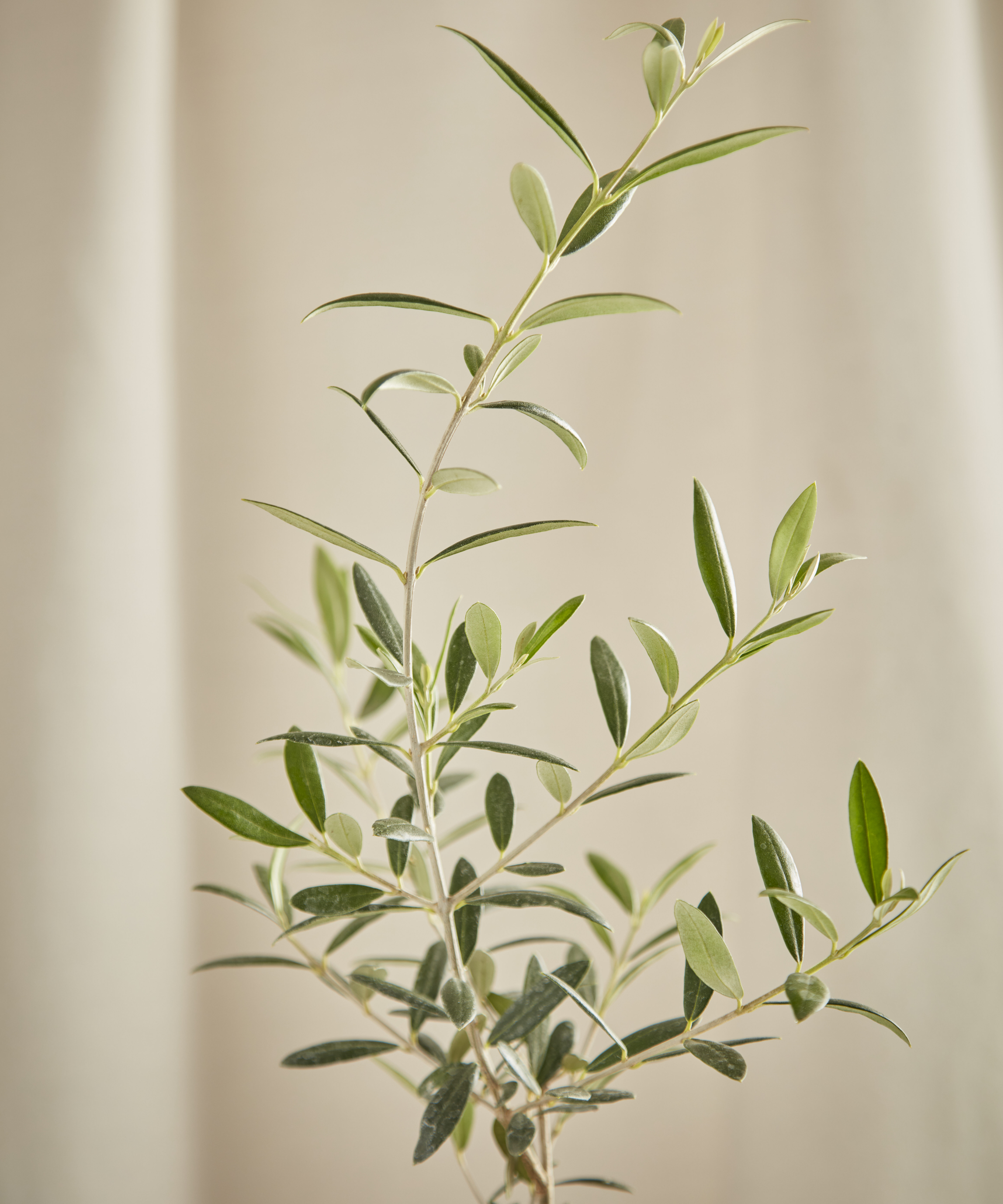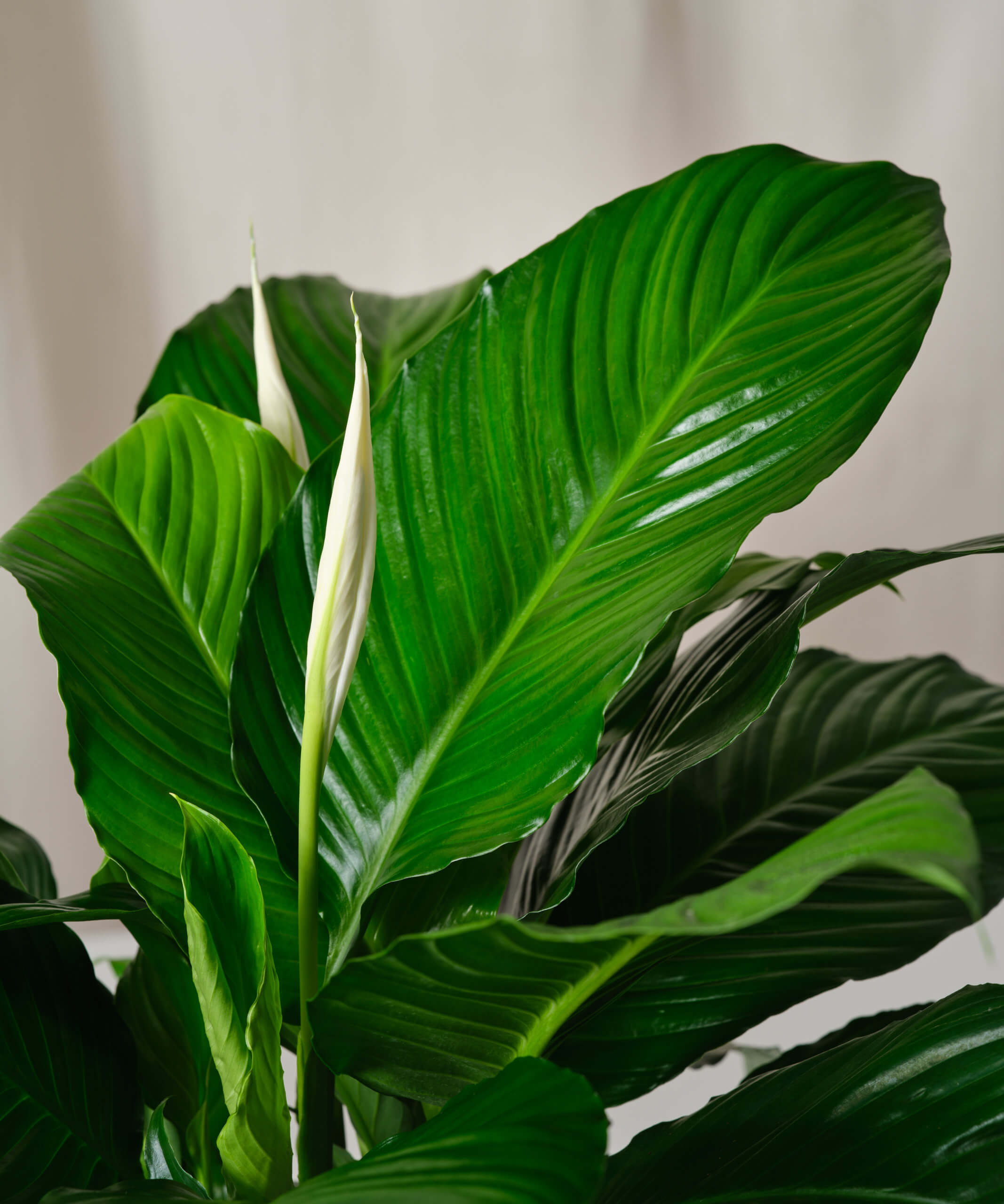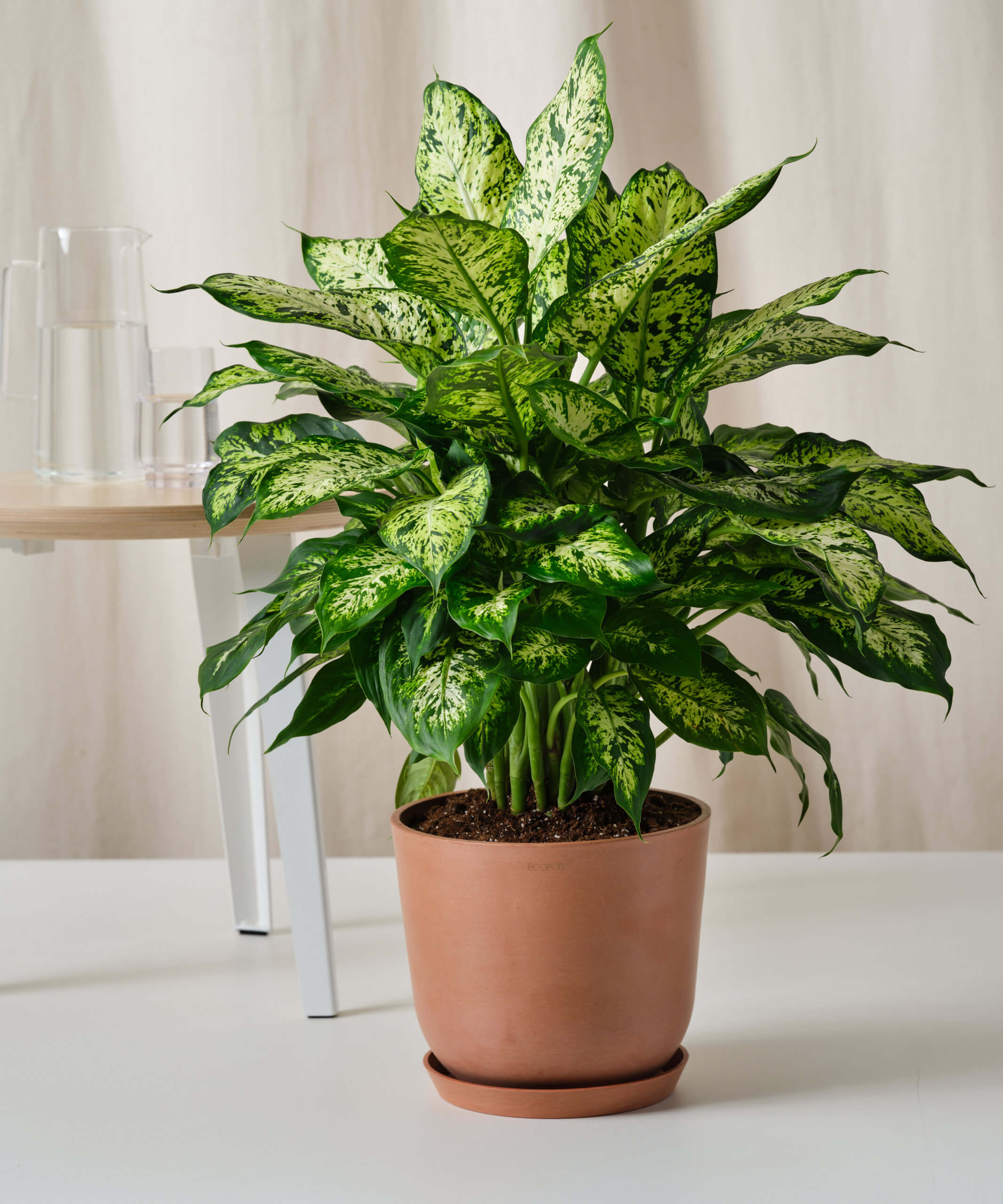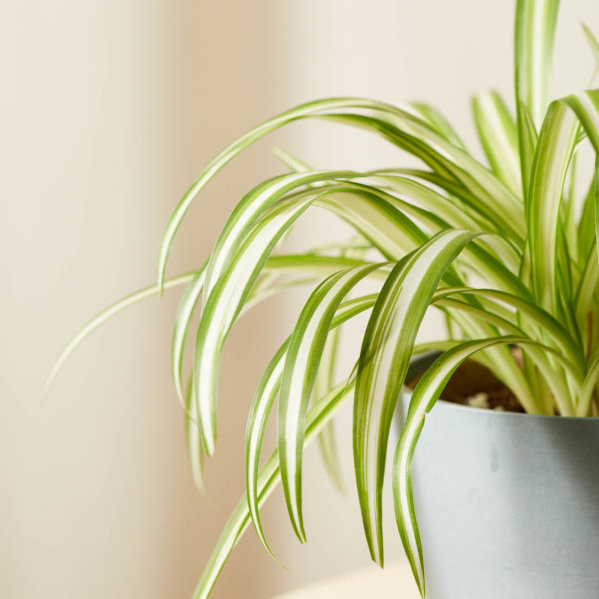Search
119 results found with an empty search
- Schefflera | Plantastic
< Back Schefflera Light: Your Schefflera prefers bright indirect light. It can also tolerate medium and low light, but growth will slow. Direct sun in the early morning and late afternoon is fine, but avoid exposure to the harsh midday sun which can scorch the leaves. Water: Water when 75% of the soil volume is dry. Water slowly, allowing it to soak into the soil, until it flows freely through the drainage hole. Discard any excess water that accumulates in the saucer. Pet-Safe: This plant is considered toxic to pets and humans if ingested. Previous Next
- Calla Lily | Plantastic
< Back Calla Lily Light: Your Calla Lily prefers bright indirect light. Avoid prolonged exposure to direct sunlight, which can burn the leaves. If you aren’t sure you have enough light indoors, try using a grow light. Water: Water when 50% of the soil volume is dry. Water until liquid flows through the drainage hole at the bottom of the pot and discard any water that has accumulated in the saucer. Pet-Safe: This plant is considered toxic to pets and humans if ingested. Previous Next
- Arrowhead Plant | Plantastic
< Back Arrowhead Plant Light: Your Arrowhead Plant prefers bright indirect light but can adapt to low light. Direct sun may burn the leaves. Water: Water when 50%-75% of the soil volume is dry. Water until liquid flows through the drainage hole at the bottom of the pot and discard any water that has accumulated in the saucer. Pet-Safe: Your Arrowhead Plant is considered toxic to humans and pets if ingested. Previous Next
- African Violet | Plantastic
< Back African Violet Light: Your African violet loves bright indirect sunlight. Try and place it somewhere that gets loads of daylight, but not somewhere the sun is directly beating down on it. Near an eastern window or a few feet back from a southern window are ideal spots for this plant. Yellowing leaves and a lack of blooms can mean not enough light, while sunburnt, bleached leaves point to too much light. If you are worried you do not have a spot with enough light, try a Grow Light. Water: Water when the soil volume is 25% dry. This plant likes to be kept moist but does not like to sit in soggy soil. Avoid getting the leaves wet, and the bottom-watering method is recommended. Place your plant in a sink filled with 2-4″ of water. Leave the plant to soak for up to 45 minutes. Test the top of the soil for moisture. If it still feels dry water a little from the top. When your plant’s soil is evenly damp, drain the sink/tub and allow the plant to rest while it drains thoroughly. Pet-Safe: Both the flowers and the leaves of an African violet are non-toxic to cats and dogs. Previous Next
- Philodendron Heartleaf | Plantastic
< Back Philodendron Heartleaf Light: The Philodendron Heartleaf can cope with low light conditions, but grows faster and produces more leaves bright indirect light. Do not put it in direct sunlight–the sun will burn the foliage. Water: Water your Philodendron when the top 50%-75% of the soil is dry. Water until liquid flows through the drainage hole at the bottom of the pot and discard any water that has accumulated in the saucer. Pet-Safe: Philodendron leaves are toxic to pets and humans. Typically, ingestion will result in swelling of the lips and tongue, and stomach irritation with possible vomiting. Previous Next
- Olive Tree | Plantastic
< Back Olive Tree Light: Your olive tree prefers direct sunlight. Place your plant in a full sun location that receives 6+ hours of direct sunlight per day. Water: Water when 25% of the soil volume is dry. Water until liquid flows through the drainage hole at the bottom of the pot. Do not use a saucer outdoors or allow the plant to sit in standing water. Pet-Safe: Your olive tree is considered nontoxic and pet-friendly. Previous Next
- Peace Lily | Plantastic
< Back Peace Lily Light: Your peace lily will do best in bright indirect light and can adapt to lower light. Too much bright light will burn the foliage. Too little light and the plant will not produce flowers and foliage growth will slow. Water: Water when 50% of the soil volume is dry. If the plant gets too dry it will dramatically wilt, but a good watering should perk it back up. Water thoroughly until you see it flow out of the drainage and discard excess water in the saucer. Pet-Safe: Peace Lily is considered to be toxic to animals and humans if ingested. Previous Next
- Dieffenbachia | Plantastic
< Back Dieffenbachia Light: Your Dieffenbachia will do best in bright, indirect light. It can also tolerate lower light environments, though growth will slow. Avoid direct sunlight which can burn the leaves. Water: Water your Dieffenbachia when the soil volume is 50-75% dry. Water thoroughly until it drips out the bottom of the pot, and remove excess water that accumulates in the saucer. Pet-Safe: Dieffenbachia are considered to be toxic to pets and humans if ingested. Previous Next
- Spider Plant | Plantastic
< Back Spider Plant Light: Your spider plant can be placed in low to indirect bright light. The more light the plant receives, the bolder the stripes will be. Watch out for too much direct light and it can scorch the leaves. If you don’t have an ideal location for your Spider Plant, use a Grow Light. Water: Water your spider plant when 50-75% of the soil volume is dry. Dry crispy tips often point to underwatering while dark brown tips point to overwatering. Water thoroughly and discard of any excess water in the saucer. Pet-Safe: The Spider Plant is non-toxic and safe for humans, dogs, and cats. Previous Next
- Carnivorous Venus Fly Trap | Plantastic
< Back Carnivorous Venus Fly Trap Light: Your Venus Fly Trap prefers direct or very bright indirect light. It will not tolerate low light. Water: Water when 25% of the soil volume is dry. Water slowly, allowing it to soak into the soil until it drips out of the drainage hole. Discard any excess water that accumulates in the saucer. Pet-Safe: This plant is considered non-toxic and pet-friendly. Previous Next
